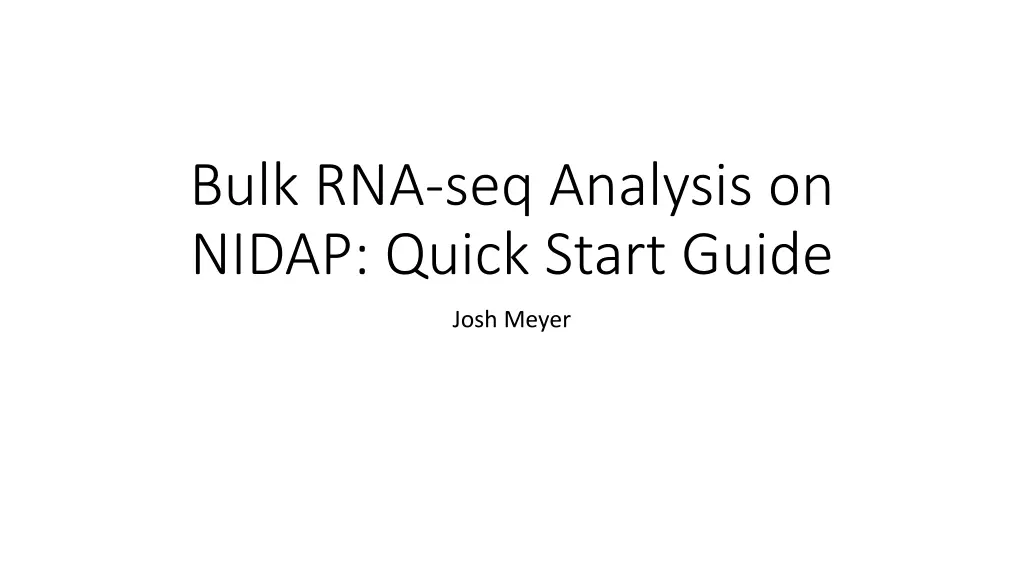
Quick Guide to Bulk RNA-seq Analysis on NIDAP Platform
Learn how to analyze bulk RNA-seq data efficiently on NIDAP with steps on preparing inputs, uploading datasets, and utilizing workflows. Understand the importance of raw counts and sample metadata for accurate analysis.
Download Presentation

Please find below an Image/Link to download the presentation.
The content on the website is provided AS IS for your information and personal use only. It may not be sold, licensed, or shared on other websites without obtaining consent from the author. If you encounter any issues during the download, it is possible that the publisher has removed the file from their server.
You are allowed to download the files provided on this website for personal or commercial use, subject to the condition that they are used lawfully. All files are the property of their respective owners.
The content on the website is provided AS IS for your information and personal use only. It may not be sold, licensed, or shared on other websites without obtaining consent from the author.
E N D
Presentation Transcript
Bulk RNA-seq Analysis on NIDAP: Quick Start Guide Josh Meyer
Quick Start - Steps 1. Prepare Inputs: Raw Counts Sample Metadata 2. Upload to NIDAP as Datasets. 3. Begin a new Code Workbook. 4. Swap Spark Environment Profile to bulk-rna-seq . 5. Import Datasets into Code Workbook. 6. Add CCBR Bulk RNA-seq Workflow multi-node template.
Bulk RNA-seq Input Raw Counts Usually provided by sequencing facility or analyst who ran upstream portion of the pipeline before delivering the data to you: Often provided as an attachment to an email. Usually in the form of a text file or excel file: Can drag-and-drop these into any project folder in NIDAP to import as a dataset. Consists of a gene matrix with sample columns containing raw counts: Column 1: Gene Identifiers Usually Gene Names, but often may include Ensembl or other IDs. Some raw counts matrices have more than one gene identifier column (e.g. separate columns for Ensembl IDs and Gene Names. Additional Columns (one per sample): Sample Raw Counts Frequently these mostly are integers, though some fractional counts are possible at this stage. Many zeros in rows for unobserved genes is normal and these are filtered out downstream.
Bulk RNA-seq Input Raw Counts (Continued) Gene Names are needed if you want to perform pathway analysis (GSEA or L2P) on NIDAP: If Ensembl IDs are also present in your raw counts, the downstream pipeline will attempt to remove them, leaving only the Gene Names. If you have no Gene Names, you may still perform other parts of the analysis (e.g. QC and DEG) using any unique identifier column. Column names cannot: Contain spaces ( ), dashes (-), dots (.), or other special characters. Use the underscore (_), which is legal in column names, instead of spaces or symbols. Have a number as the first character. Example: If you have a 2-Hour Replicate 3 sample, rename it to Hour2_3 .
Bulk RNA-seq Input Sample Metadata Must be created by you or someone who understands the experimental design. Usually in the form of an Excel spreadsheet you create: Can drag-and-drop these into any project folder in NIDAP to import as a dataset. Consists of 4 or more columns, containing the following: Samples, Groups, Batches, Labels, and additional columns as desired. See next slide for details. Important: Neither the column names nor the values in the rows of each column should contain any spaces, dashes, or dots; and should not have a number as the first character.
Bulk RNA-seq Input Sample Metadata (Continued) Samples: these sample names must be identical to the column names for the sample raw counts columns. Recommend copy-pasting from one to the other to ensure they are identical. Important: no spaces or symbols other than underscore, and no numbers as the first character. Groups: at least one grouping column showing the groups into which your samples are organized. Important: like Sample Names, Group Names can have no spaces or symbols other than underscores, and no numbers as the first character. These groups will be used to construct DEG contrasts and you may have more than one group (e.g. Time and Response). Batches: a column with values representing technical batches. If all samples are in one batch, simply put a single value (e.g. Batch_1) in every row of this column. Labels: a column with alternative sample names for figure display. Samples often have longer and complex names. Shorter labels are often used for labelling plots in figures. Additional Columns: Usually these are additional Grouping variable columns used to group samples differently for different contrasts.
Bulk RNA-seq Quick Start Review 1. Prepare Inputs: Raw Counts Sample Metadata 2. Upload to NIDAP as Datasets. 3. Begin a new Code Workbook. 4. Swap Spark Environment Profile to bulk-rna-seq . 5. Import Datasets into Code Workbook. 6. Add CCBR Bulk RNA-seq Workflow multi-node template. Full training tutorial video here: NIH Microsoft Stream Link


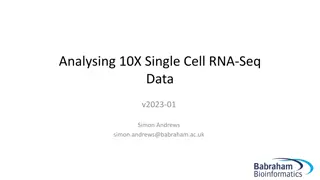

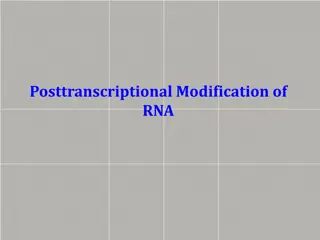
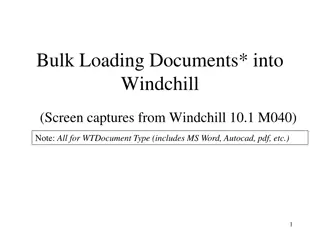
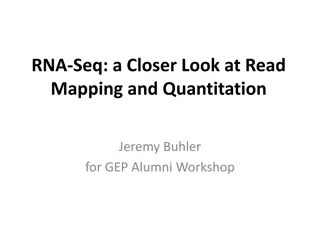

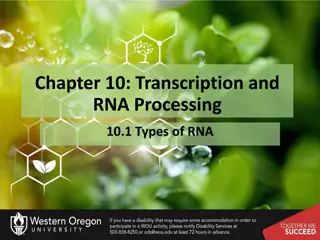
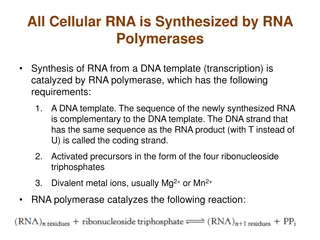

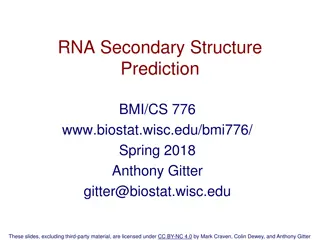



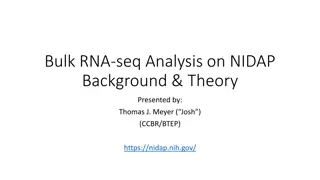
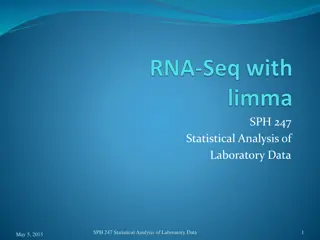
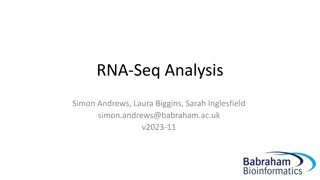



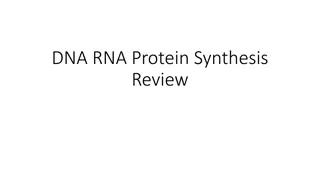
![Bulk SMS Providers in Australia [August 2024 Price Comparison]](/thumb/245322/bulk-sms-providers-in-australia-august-2024-price-comparison.jpg)